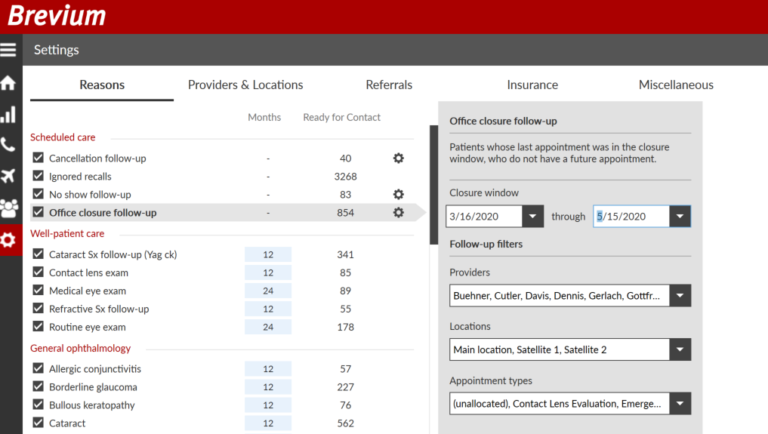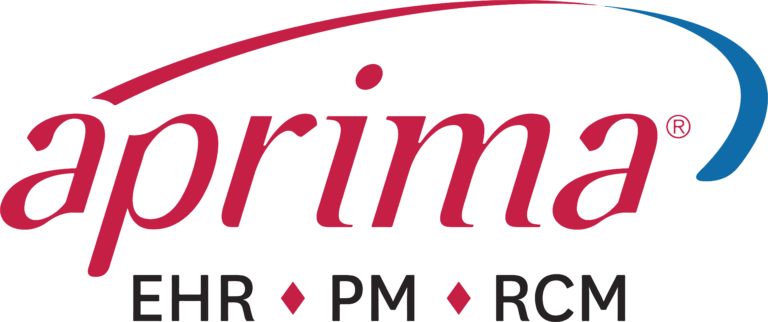The Brevium Blog

How to Optimize Newly Acquired Assets and Make them Profitable
Few things can boost your portfolio and long-term profit goals like the perfect business acquisition — but even fewer are the number of acquisitions that go well. According to Harvard Business Review, the failure rate for mergers and business acquisitions (M&A) is between 70 and 90%. From misrepresented financials to post-acquisition woes like miscommunication and ineffective integration, any number of things can sour the excitement that comes from adding a new practice to your portfolio. And yet, business acquisitions are still highly sought after because acquiring a new practice can broaden your service offering.
In this post, we’ll explore why business acquisitions go awry and how solutions can correct their course. We’ll reveal the causes of “post-acquisition fatigue,” the all-too-common phenomenon where a once-promising acquisition becomes more complicated than it originally seemed. But most of all, we will solve for managing your business acquisition well, overcoming post-acquisition fatigue, and securing long-term productivity and profitability for both your newly acquired practice and wider management organization.
The Benefits of Acquisitions
So, if business acquisitions have so many problems, why would you want to do them? Well, put simply, acquisitions have the potential to:
- Open the door to economies of scale.
- Grow your patient base.
- Expand your geographic footprint.
- Garner recognition and credibility in
- regional markets.
A strategic acquisition can also help you eliminate fixed costs. And ultimately, an acquired practice managed and grown well will provide you with a return on investment (ROI) many times over its purchase price and various capital infusions.
Business Acquisitions in Health Care
Annual private equity (PE) deals in healthcare have tripled since 2010 because healthcare is a good investment. Practices, in particular, offer stable cash flow and high growth potential, making them attractive prospects for PE groups looking to meet investor expectations in the short term and grow assets for profit in the long term. We’ve talked about the numerous benefits business acquisitions offer to ambitious PE groups. Local and regional acquisitions increase geographic market dominance and allow partnerships with notable providers, increasing a group’s regional reputation. They make it easy to scale up operations, expand service offerings, and lower costs. But it’s important to note that most healthcare acquisitions struggle — or even completely fail — to produce enough value for these benefits to be realized.
Why Do So Many Acquisitions Fail?
Despite what current burgeoning investments in health care may suggest, most deals go south. From poor due diligence to post-acquisition mismanagement, several causes can derail the original promise of an acquired asset.
Pre-Acquisition Issues: Incomplete Due Diligence
Some issues that may plague new acquisitions are present from the start. Either overlooked in due diligence or neatly “rolled up” into invisibility, these financial and productivity woes quickly surface to plague new owners. Some of the most common reasons include:
- Hidden debt
- Misidentified value
- Going into a deal for the wrong reasons
- Applying the wrong measure of value in pricing a deal
These types of mistakes have caused some of the biggest disasters in acquisition history.
Post-Acquisition-Integration Issues
However, it’s really important to note that many acquisitions fail because of what happens after the deal is signed when it’s time to integrate. It’s hard to overstate the importance of post-acquisition integration: The consulting firm KPMG finds that when value erosion occurs in a deal, up to 70% takes place during the post-integration phase.
Value Erosion During Post-Integration.
PE groups may fail to appreciate the true complexity of the post-acquisition phase, which involves everything from addressing redundancies and turnover to practice management system migration and staffing optimization. This is why most value erosion occurs in the post-integration phase. To be effective, an integration roadmap should be exhaustive and take shape before the deal is even made, during due diligence. But a variety of invisible issues, from misleading financials to open provider appointment slots and loss of essential personnel, can torpedo even the most comprehensive plans.
Post-Acquisition Fatigue
When a buyer first acquires a new healthcare asset, they may admire it through rose-colored glasses — the “honeymoon” phase. They see future ROI, a large patient base, and promising prospective growth for their organization. However, one by one, issues begin to appear:
- Staffing is poorly optimized
- Fixed costs have been misrepresented
- Necessary capital
- Expenditures were underestimated
- Patients are lost in an inefficient practice management
- System data migration from the old system to the new is more complicated than originally thought
The manual effort to sort through these issues is high, and morale is low–causing post-acquisition fatigue. So, what solutions are there to avoid post-acquisition fatigue entirely and quickly correct course if it sets in? We believe that success is achieved when a newly acquired practice refocuses on the “main thing” — their patients. The answer is a patient recall software integration solution that can efficiently uncover existing patient care gaps by disease, provider, and location.
What Can A Software Solution Do to Help with Acquisitions?
Software solutions can help with acquisitions if the software solution is purpose-built and data-driven. This will help increase ROI and streamline operations. You’ll want a solution that does the following:
- Interfaces with your practice management
- Stitches together practice management data between systems
- Appointment reminder software to fill schedules
- Optimizes workloads
- Provide data-driven insights that unlock the revenue latent in overdue patients
- It will also really help if this solution can run in the background so that your team can focus on other things like helping patients
These things are all key because poor resource optimization is a leading cause of post-acquisition fatigue. Whether it’s because of messy records, an inefficient schedule, or patients lost in the system, a practice loses revenue when schedules have open appointment slots or patients aren’t seeing the right doctors in the right time interval. It’s also important to note that many patients get lost in the mix or stop showing up for care.
In fact, approximately 25–45% of registered patients at an average medical practice stop responding to recall and don’t show for necessary recare—these patients are considered “overdue.” A PE group inherits this inactivity every time they acquire a new practice. Successfully reactivating these patients represent a significant pool of revenue, as well as full schedules to boost profitability. So, you’ll want a solution that can help with spotting and reactivating patients, as well.
Without a comprehensive acquisition and integration plan, acquiring PE groups incurs the significant risk of becoming another M&A statistic. Even with best-laid plans, the most diligent acquirers may encounter unexpected surprises or lackluster performance after the deal is done.
Whether you’re fighting the post-acquisition blues, seeking greater confidence in future acquisitions, or simply want to improve current revenue and productivity, Brevium is the software solution that can help. It fills all the needs we talked about above. So that acquisitions will likely go more smoothly and you can make better decisions about each practice moving forward.














